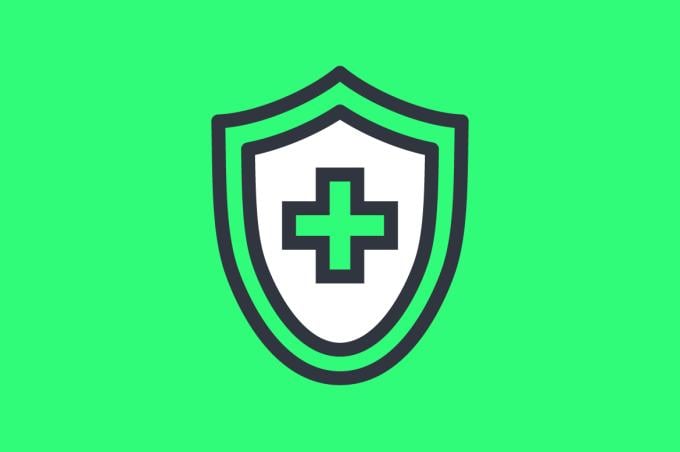The World Health Organization declared the COVID-19 outbreak a pandemic on March 11, 2020. Now, more than two years later, society is at a crossroads, according to AMA member Stephen Parodi, MD.
The U.S. has a chance to move COVID-19 from being a pandemic to an endemic, which “means that the disease is still around but that it's at a level that is not causing significant disruption in our daily lives,” said Dr. Parodi, an infectious diseases physician.
“Endemic diseases can be at high levels. They can be at lower levels. So, where I think we're at a crossroads is that we have an opportunity to actually get that to a lower level, manageable level, where we're not getting impacted in our hospitals, not having to close down schools, close down businesses,” he added. “That really is through a combination of a concerted effort around testing, vaccination, isolation, quarantining, that looks a lot more normalized than what we've had to do over the last two years.”
Dr. Parodi is an associate executive director at The Permanente Medical Group, an AMA Health System Program member. He is also part of the AMA Integrated Physician Practices Section.
He spoke about COVID-19’s becoming endemic in a recent episode of “AMA Moving Medicine.”
How to know when COVID-19 is endemic
There is not a set threshold that dictates when a pandemic becomes endemic, Dr. Parodi said.
While the Omicron variant of SARS-CoV-2 led to an enormous surge in positive cases across the U.S., Dr. Parodi said there were encouraging signs connected to endemicity. For the most part, people who were vaccinated and then tested positive had mild symptoms or were asymptomatic. The more people who are vaccinated, the better.
“We can move this in a way that the disease is milder,” he said. “At least so far, vaccine-based immunity appears to provide very broad-based immunity against multiples of variants.”
Find out what doctors wish patients knew about vaccine boosters.
The Centers for Disease Control and Prevention (CDC) recently updated its guidelines to track COVID-19 risk in communities, which is another shift toward endemicity, Dr. Parodi said.
Rather than focus on the percent of test positivity and COVID-19 cases per 100,000 people, the new guidelines calculate the number of hospital admissions related to COVID-19 in the previous week, the percentage of staffed hospital beds occupied by COVID-19 patients, and the number of new COVID-19 cases per 100,000 people the previous week. Those calculations will determine whether the area’s risk level is judged low, medium or high by the CDC.
The difference is that instead of focusing on preventing transmission of the virus, the CDC guidelines aim to minimize severe illness and prevent overwhelming health care systems.
“This shift to looking at it from a severity of disease standpoint is important,” Dr. Parodi said. “A measure of endemicity really is going to look at how many people are developing severe disease at a given time. If we're seeing increases in that, we've got to take action. If we're not, that's a different set of actions, and that's similar to what we do for influenza year over year.”
Endemicity will require a mindset shift
“One of the big learnings coming out of this whole experience is that we need to be better prepared,” Dr. Parodi said. “We've got experience in this. We prepared before all of this for our annual flu season. Now we've got to be prepared for potential COVID ups and downs that are not tied to a season.”
Get the latest news on the COVID-19 pandemic, vaccines and variants, and more reliable information directly from experts and physician leaders with the “AMA COVID-19 Update.”
You can catch every episode by subscribing to the AMA’s YouTube channel or the audio-only podcast version.




